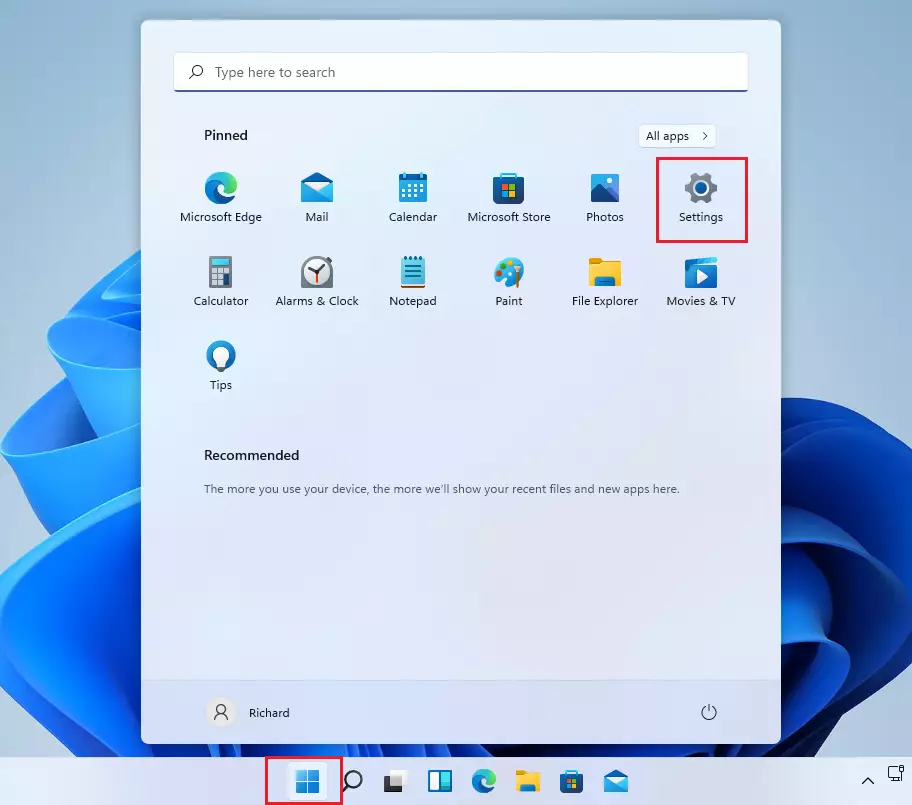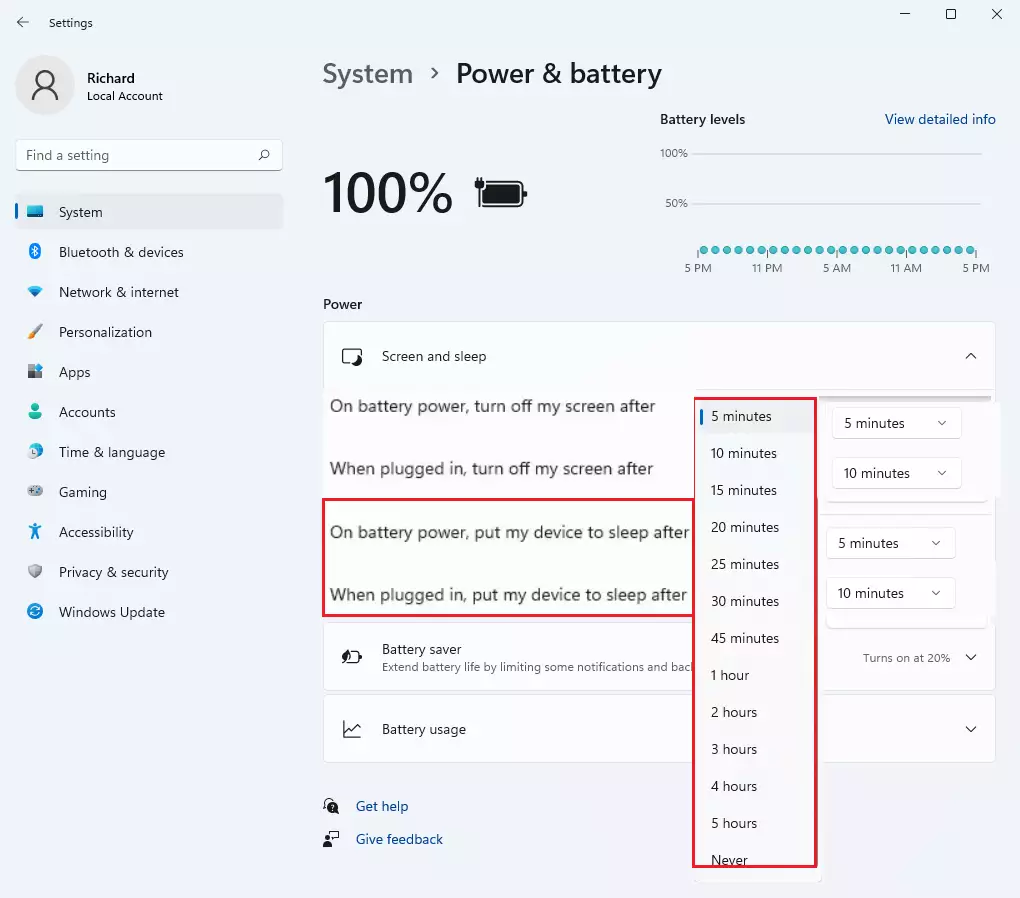This article explains how to change when a computer goes to sleep using Windows 11.
Sleep idle timeout specifies the duration of inactivity before the System automatically enters sleep.
When your computer goes to sleep, the power usage is reduced, allowing users to save their work and sessions without worrying about losing them. Your PC can also start up faster and get back to you instantly from where you left off once the PC wakes up from sleep.
On most PCs, one can resume using the power button. However, in many cases, pressing any key on the keyboard or opening a lid on the laptop may wake the PC from sleep.
Below is how to automatically change your PC’s sleep settings to go into sleep mode when idle in Windows 11.
How to change when a computer goes to sleep in Windows 11
As mentioned above, Sleep Idle Timeout specifies the duration of inactivity before the System automatically enters sleep. If your computer sleeps too soon or wants to adjust the sleep settings so the PC isn’t sleeping, follow the steps below.
Windows 11 has a centralized location for the majority of its settings. As a result, everything can be done, from system configurations to creating new users and updating Windows from its Settings app.
To get to System Settings, you can use the Windows key + I shortcut or click on Start ==> Settings, as shown in the image below:

Alternatively, you can use the search box on the taskbar and search for Settings. Then select to open it.
The Windows Settings pane should look similar to the image below. Click System> Power & battery tile in Windows Settings to expand it.

On the System> Power & battery settings pane, under Power, click Screen and sleep tile to expand it.

On the Screen and sleep tile, you will find two power options:
- On battery power, I put my device to sleep after
- When plugged in, put my device to sleep after
Choose when you wish to put your computer to sleep, whether on battery or plugged into Power.

That should do it!
Conclusion:
- Adjusting sleep settings in Windows 11 can help optimize power usage and enhance user experience.
- By customizing sleep timeout durations, users can prevent their PCs from sleeping too soon or keep them from sleeping when needed.
- Windows 11 provides a centralized Settings app for easy access to various configurations, including power and sleep settings.
- Users can select specific time durations for sleep mode depending on whether the device is running on battery or plugged into power.

Leave a Reply